During the 1960s, a distinctive feature began to adorn many cars: rally stripes. These bold, contrasting lines were more than just an aesthetic choice; they carried significant historical and cultural weight. Rally stripes not only transformed the visual impact of vehicles but also became intertwined with the identity of car culture. Let’s delve into the reasons behind their popularity during this dynamic era, examining their origins, functions, and the legacy they left on the automotive world.
The Origins of Rally Stripes
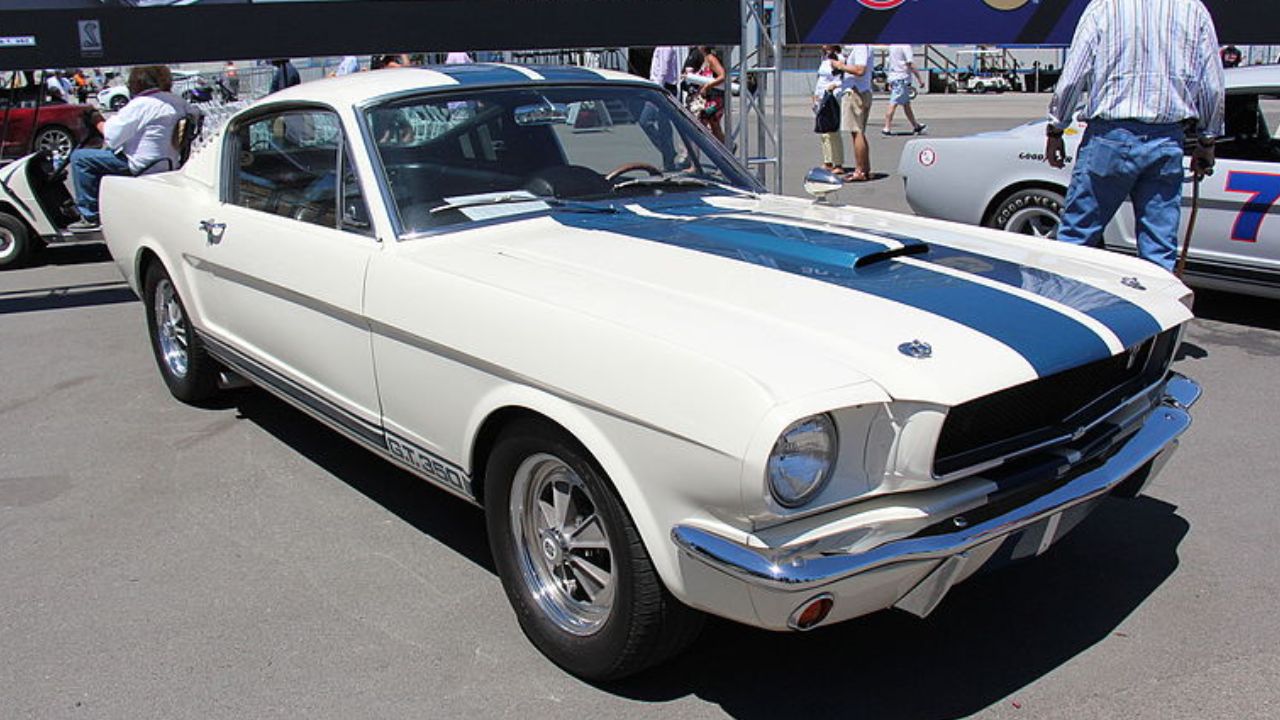
The story of rally stripes starts on the racetracks of yesteryear. These stripes were initially used for practical reasons in the world of motorsport, where they helped teams and spectators quickly identify cars during high-speed races. The concept emerged from the racing circuits of the 1950s, particularly in Europe where cars often featured distinctive markings for better recognition. These visual cues became a hallmark of racing, allowing teams to maintain order and spectators to follow the action.
The influence of European racing traditions on American car culture cannot be overstated. As American automakers sought to capture the thrill of racing, they embraced the stylistic elements that came from across the Atlantic. Rally stripes became a key component of this cultural crossover, representing a fusion of European racing heritage with burgeoning American automotive identity. The iconic Ford Mustang, for example, adopted these stripes to emphasize its racing pedigree and align with the glamorous allure of European sports cars.
Functionality and Visibility

Rally stripes served more than just a decorative purpose; they were a practical asset on the racetrack. By enhancing the visibility of cars, they allowed pit crews to quickly identify vehicles during crucial moments of a race. The stripes acted as visual markers that distinguished each car, facilitating rapid team responses in the chaos of a racing event. Spectators also benefited from this clarity, as they could easily track their favorite cars around the circuit.
There have been claims that rally stripes might contribute to a car’s aerodynamic performance, but these are largely myths. While visually striking, the stripes themselves did not offer any measurable improvement in a car’s aerodynamics. Instead, their primary function remained as identifiers and style enhancers. The belief in their aerodynamic benefits likely stems from the overall perception of speed and motion that these stripes conveyed, rather than any physical impact on performance.
Aesthetic Appeal and Cultural Significance

The aesthetic appeal of rally stripes cannot be underestimated. They became synonymous with speed, power, and a hint of rebellion, tapping into the desires of a generation eager for excitement. In the 1960s, America was undergoing significant cultural shifts, and the automotive industry was no exception. Cars adorned with rally stripes were often seen as embodiments of freedom and performance, resonating with young drivers who craved adventure on the open road.
Rally stripes had a profound influence on car design during this era. Manufacturers began incorporating these stripes into their models, setting new design trends that appealed to both car enthusiasts and casual buyers. The stripes became a signature element of muscle cars, reflecting their raw power and performance capabilities. Automobile models like the 1969 Chevrolet Camaro Z/28 became icons, partly due to their striking rally stripe designs that emphasized their sporty image.
Rally Stripes and Muscle Cars

The 1960s marked the golden age of muscle cars, when powerful engines and bold styling captured the spirit of American performance. Rally stripes became an unmistakable hallmark of the era, adding visual drama and emphasizing speed on models like the 1969 Camaro and Ford Mustang GT350, cementing their legendary status among enthusiasts.
Even today, the legacy of rally stripes is evident in modern automotive design. Muscle cars and sports vehicles continue to embrace these bold lines, which have been reimagined to suit contemporary tastes while retaining their classic appeal. The enduring popularity of rally stripes speaks to their ability to evoke nostalgia and excitement, ensuring their place in the ever-evolving landscape of car culture.
The Enduring Legacy of Rally Stripes

The cultural impact of rally stripes extends beyond the realm of automotive design. They have become emblematic of a bygone era, celebrated at vintage car shows and enthusiast gatherings. Their influence can also be seen in contemporary car culture, where they continue to inspire new generations of designers and drivers. Rally stripes remain a popular choice for those looking to infuse their vehicles with a touch of retro flair.
As a symbol of nostalgia, rally stripes hold a special place in the hearts of car enthusiasts. They evoke memories of a time when the automotive world was brimming with innovation and style. Modern car enthusiasts continue to embrace these stripes, whether through restoration projects or as a nod to the rich history of automotive design. The enduring appeal of rally stripes ensures that they will remain a cherished aspect of car culture for years to come, resonating with those who appreciate the unique blend of tradition and modernity they represent.
In summary, rally stripes have left an indelible mark on the world of automobiles, transcending their origins to become a cherished element of car culture. Whether as symbols of speed, markers of identity, or simply as stylish adornments, these bold lines continue to captivate the imaginations of car lovers around the world.
Like Fast Lane Only’s content? Be sure to follow us.
Here’s more from us:
*Created with AI assistance and editor review.

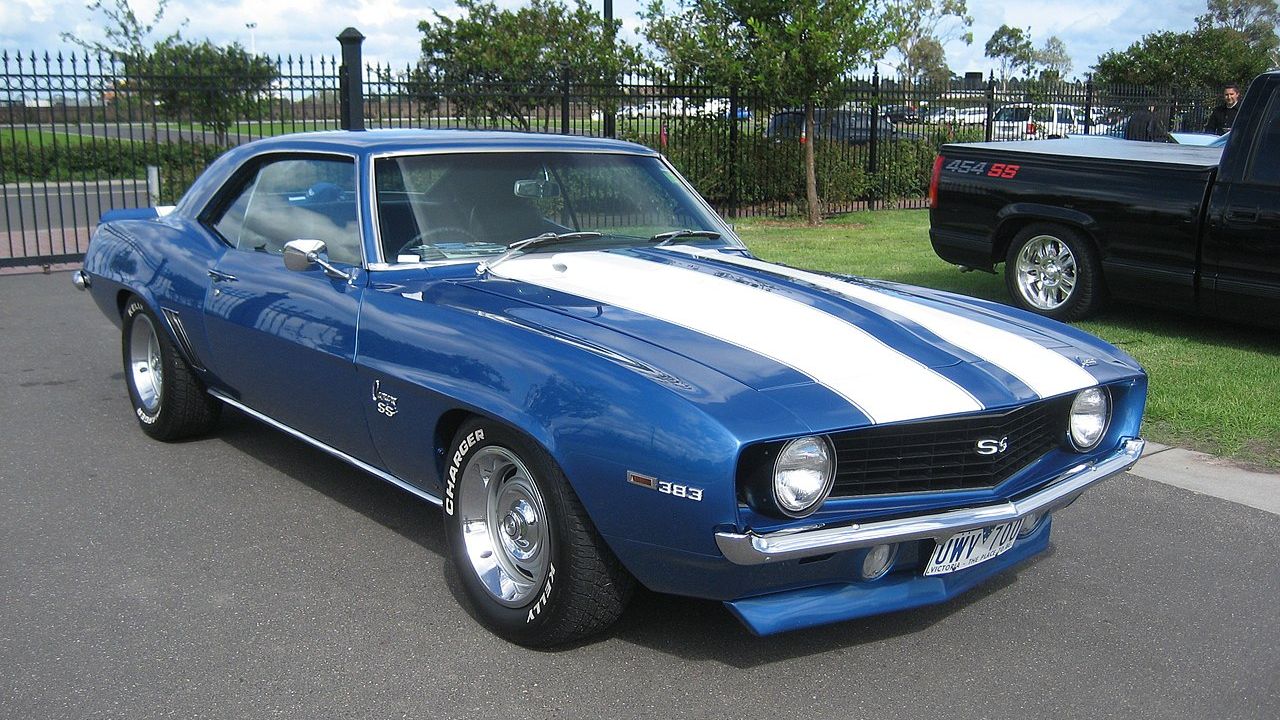
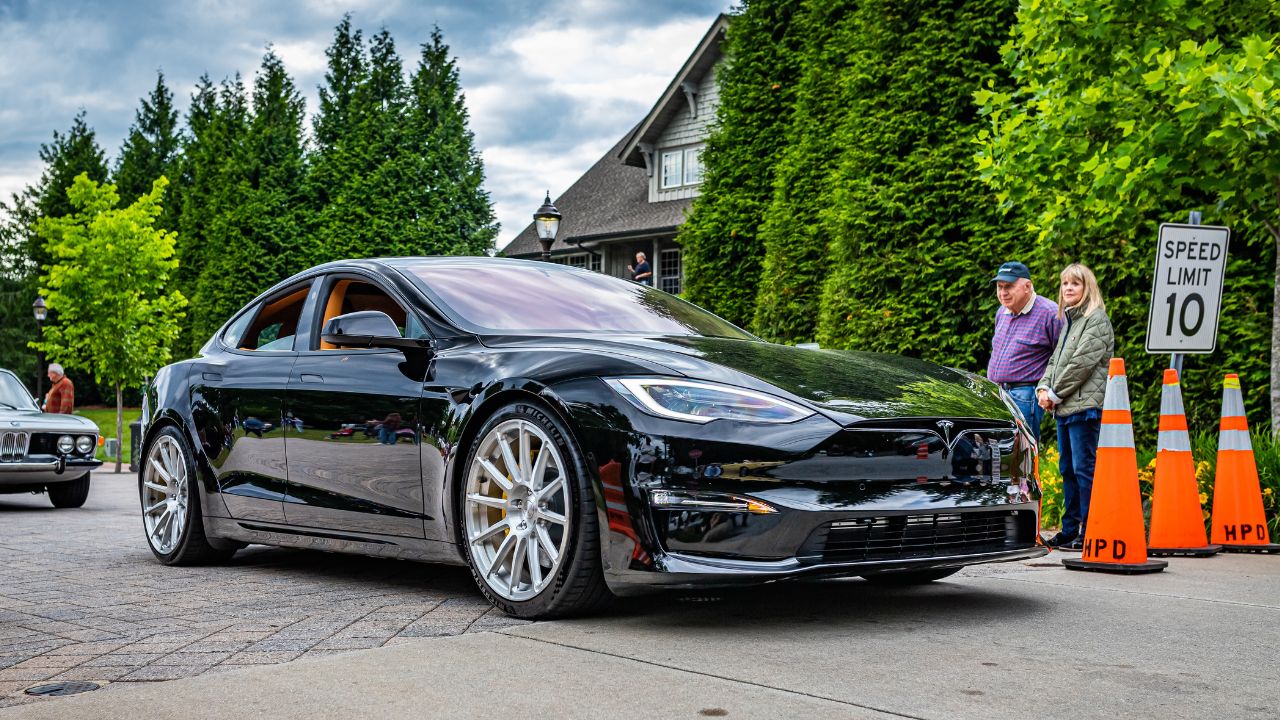
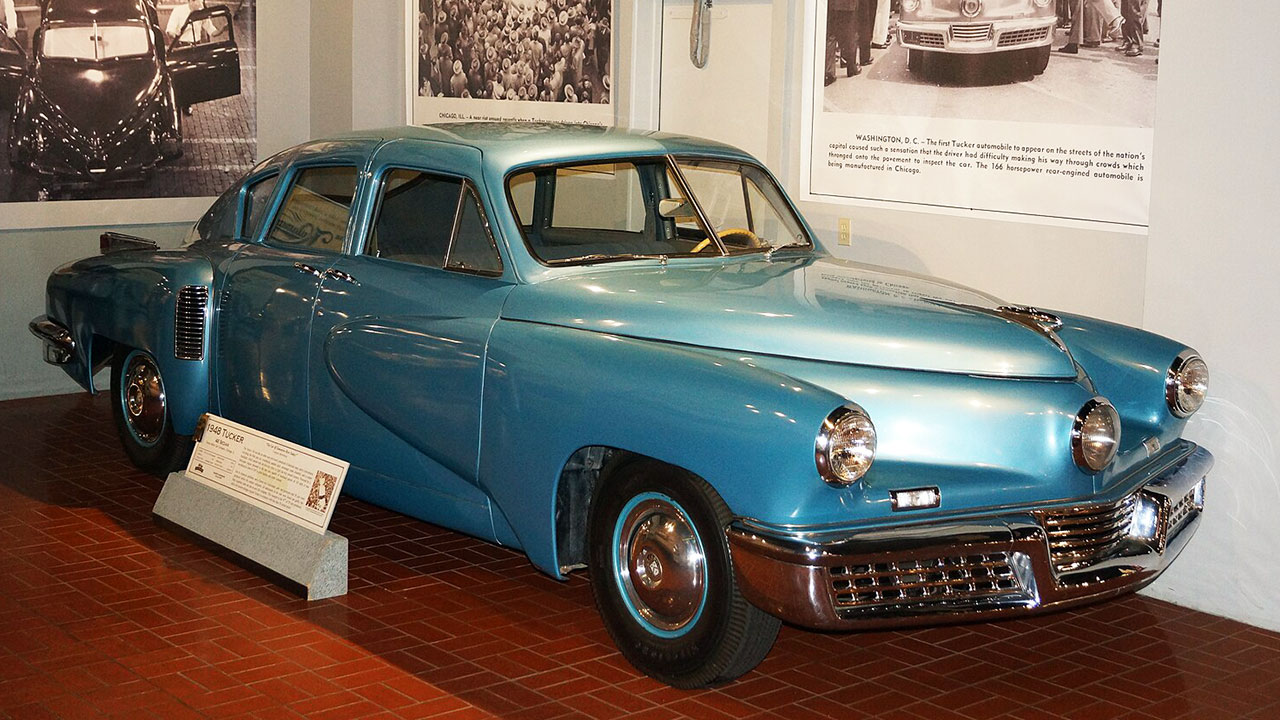

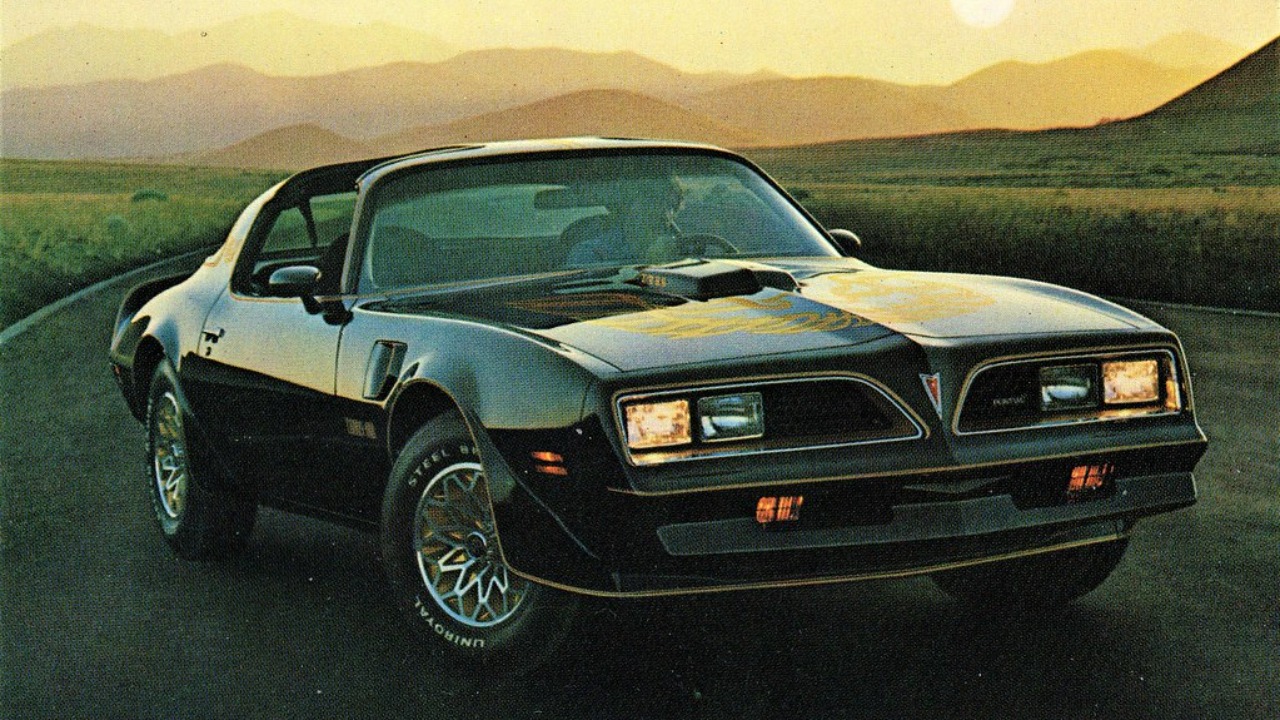
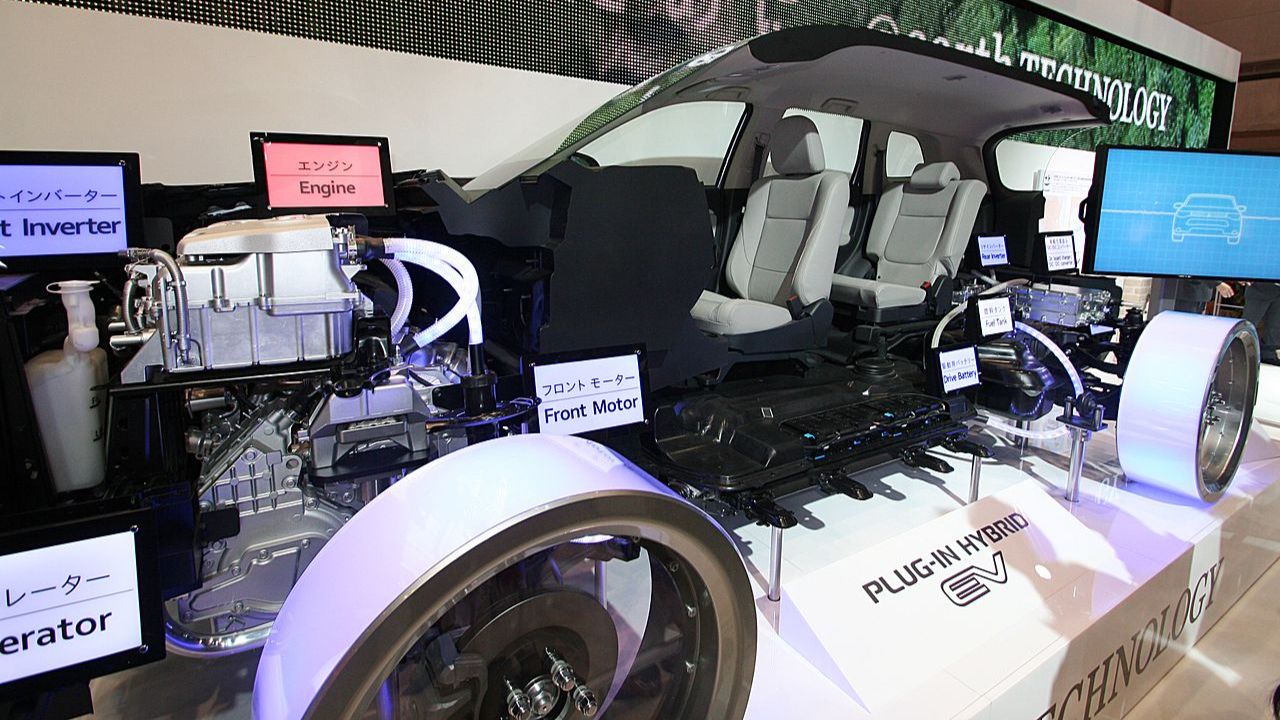
Leave a Reply